Poznań 2022-07-23
Diesel Multiple Unit ZNTK Poznań 207M, SA101, SA102.
Immediately after the socio-economic changes in 1989, Poland began to react to uneconomical rail connections, when heavy steam or diesel locomotives with one or two passenger cars were sent to the route with a dozen passengers. As PKP did not have rail buses, they had to be developed and produced. ZNTK (Zakład Naprawy Taboru Kolejowego) Poznań has started work. As a result of the work, a family of rail vehicles marked ZNTK Poznań 207M was created. ZNTK Poznań operated in the period 1870 - 2012.
The ZNTK Poznań 207M vehicles are a family of SA101 + SA121, SA102A + SA111 + SA102B. Among them are two- and three-section rail buses. SA101 and SA102 are railcars. The SA111 and SA121 vehicles, on the other hand, are trailer and timing vehicles.
In 1989, PKP planned to buy 200 - 220 vehicles. The vehicles were produced in the period 1991 - 1996. In the end, only 3 two-unit and 3 three-unit units were built. Initially, the vehicles were directed to serve the routes in Pomerania and Lower Silesia. After the restructuring of PKP, all vehicles were handed over to PKP Przewozy Regionalne. In 2016, it was decided to withdraw all vehicles from service. The last vehicle was taken out of service in July 2017.
The first vehicle, SA101-001 + SA121-001, was ready in March 1991 and was tested at the Railway Science and Technology Center in Warsaw. The second vehicle was presented in June 1991 at the Poznań International Fair. Test drives with passengers were conducted from December 1991 to March 1992. Trains ran on the Poznań - Gorzów Wielkopolski and Poznań - Grodzisk Wielkopolski routes. The vehicles proved to be economical, but had childhood defects. Subsequent tests were carried out on mountain routes: Chabówka - Nowy Sącz and Zagórz - Krościenko. They also went to Slovakia. All test drives enjoyed a huge passenger turnout and, in addition, they covered a given route faster than traditional trains.
It should be noted that the vehicles do not have automatic control, which allowed for the optimal selection of engine and transmission parameters, which requires extensive experience of the drivers. And the engineers coped well with it.
In 1993, it was decided to produce three-section vehicles. In February 1994, it was tested in Warsaw. After the tests, the vehicle was sent to the Lower Silesian DOKP on the Jelenia Góra - Karpacz route. In 1996, the ZNTK Poznań plants built another two three-section units. The production was terminated due to the lack of orders from PKP, which had major financial problems. Non-rhythmic payments for vehicles also led to a bad financial situation at ZNTK Poznań.
From May 26, 2006, railbuses ran on the route of the Main Railway Station in Kraków - Balice Airport via Mydlniki as a pilot program. The train bus ride from the city center took 15-16 minutes. The train was called Ekspres Balice. The first diesel trains were leased from other carriers. On July 6, 2006, the Marshal's Office of the Małopolska Region signed a contract for the delivery of two PESA type 218Mc, ie SA133-004 and SA133-005. Additionally, one SA101-001 + SA121-001 train and one SA109-002 train were borrowed. In August 2010, the delegated composition of SA101-001 + SA121-001 returned from Krakow to Gdynia.
The SA102-002 vehicle in 2018 was purchased by the Museum of Industry and Railways from Jaworzyna Śląska. The vehicle was transported to Lower Silesia. Its original painting was restored on the spot. Since then, it has been on display at the museum.
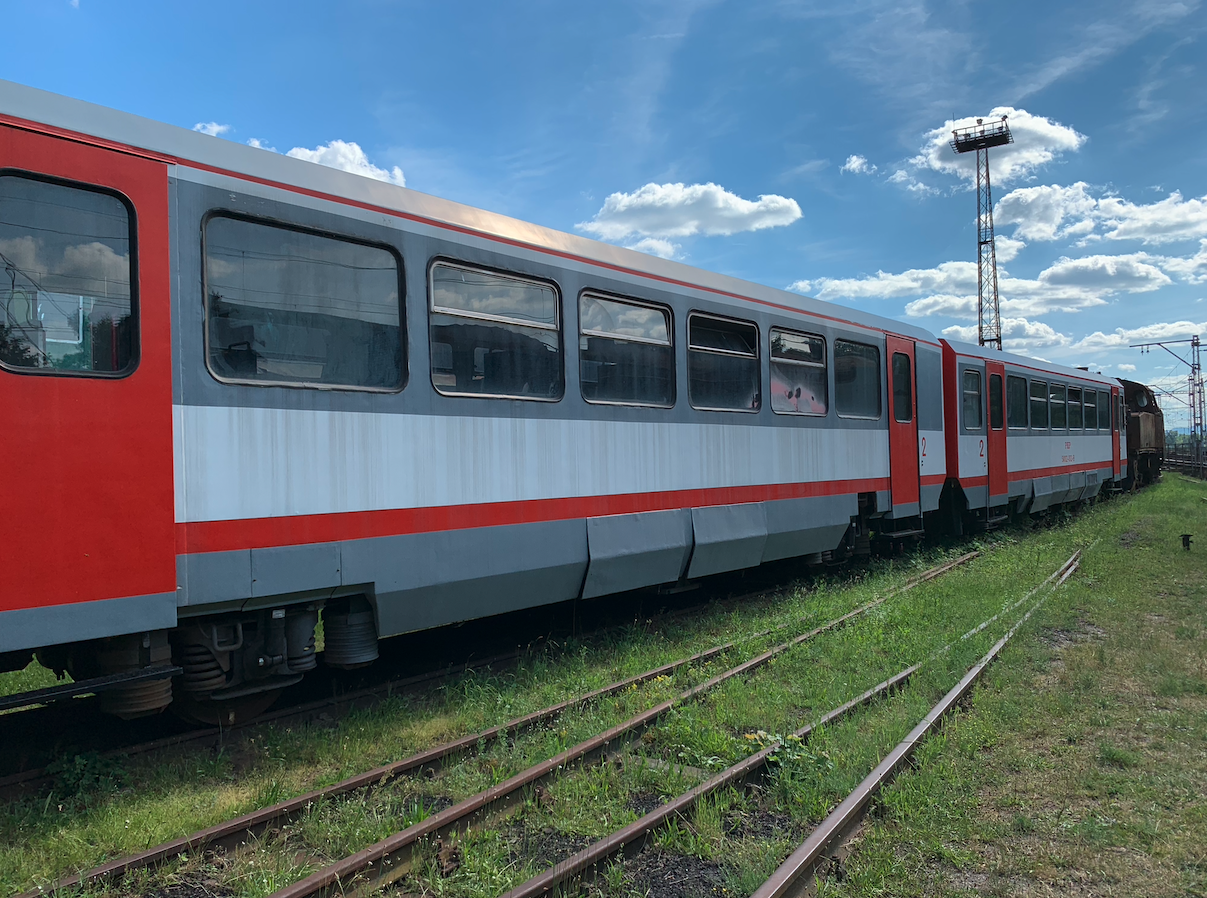
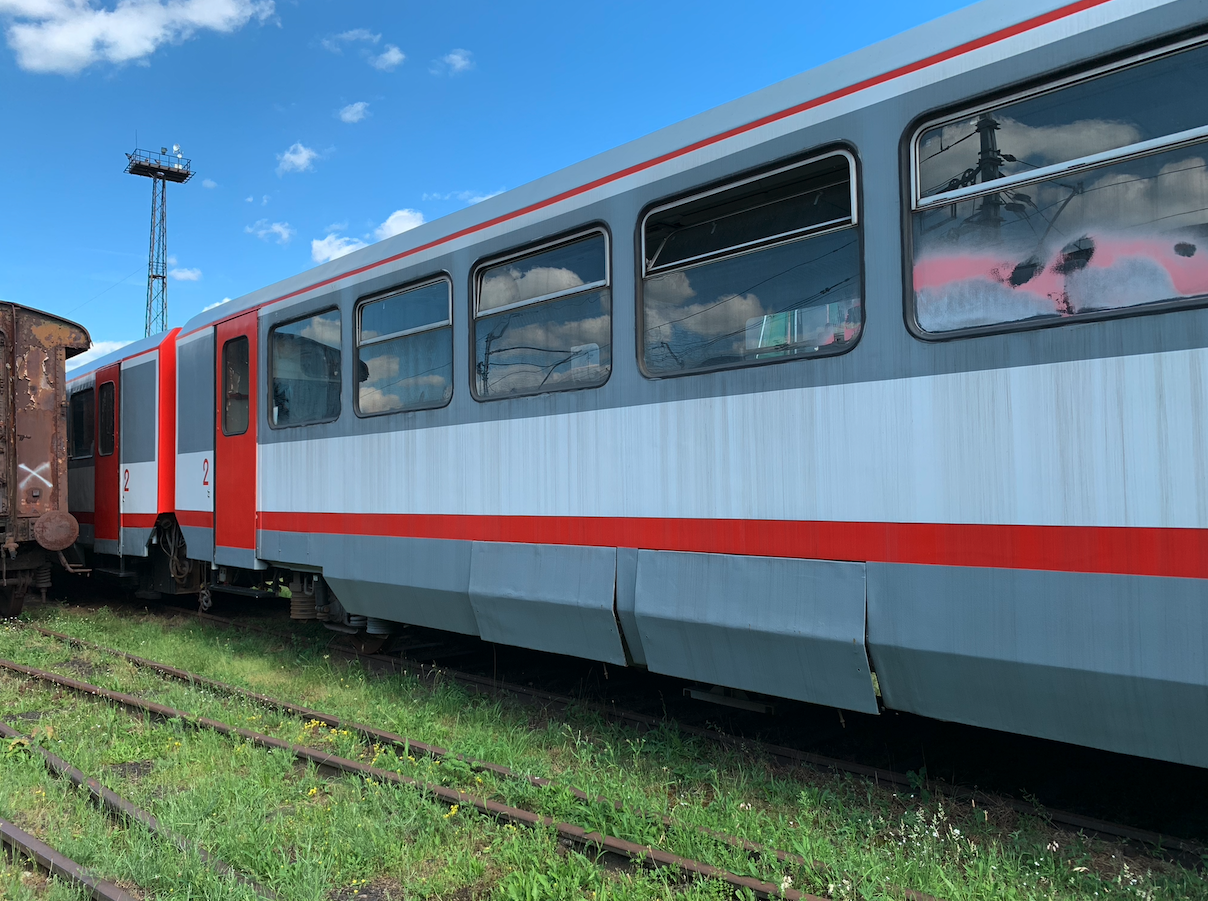
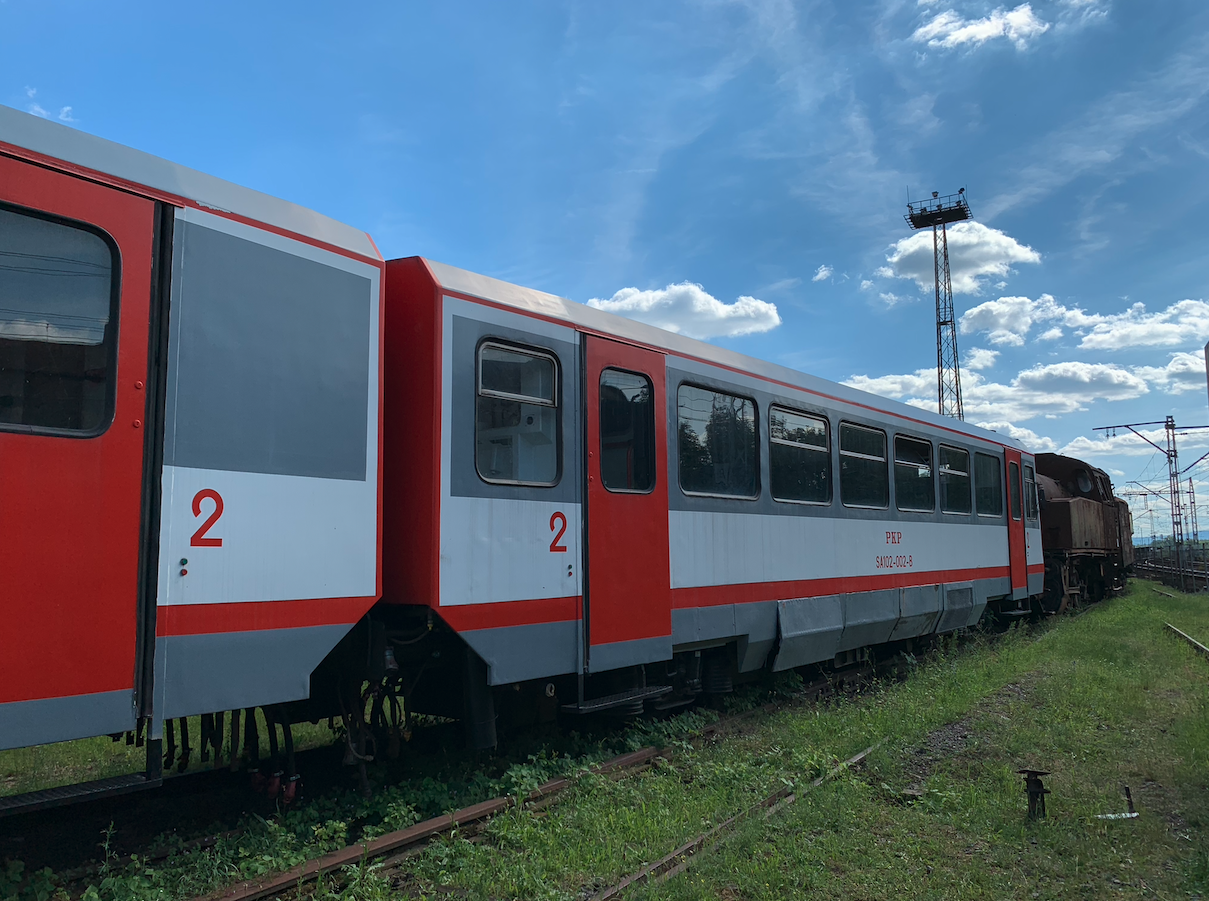
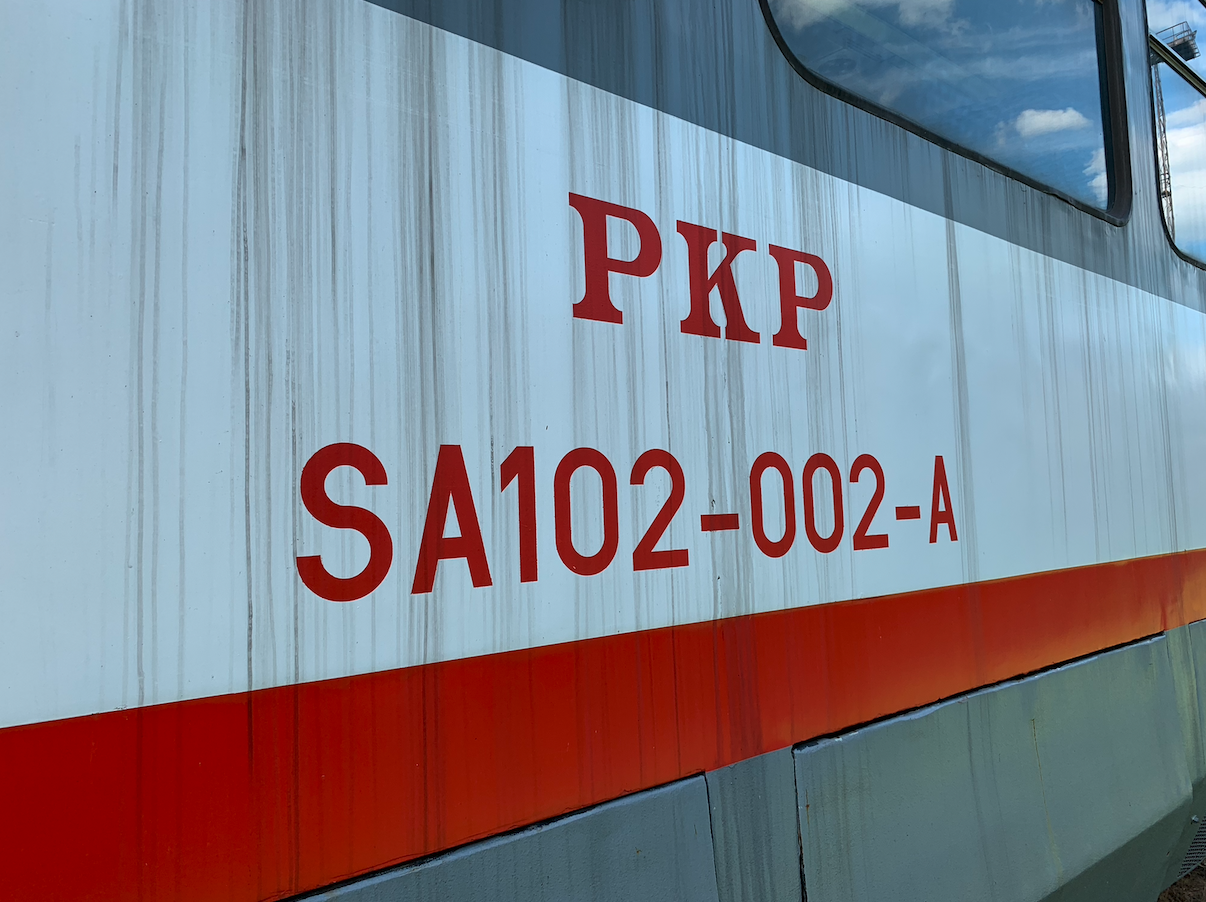
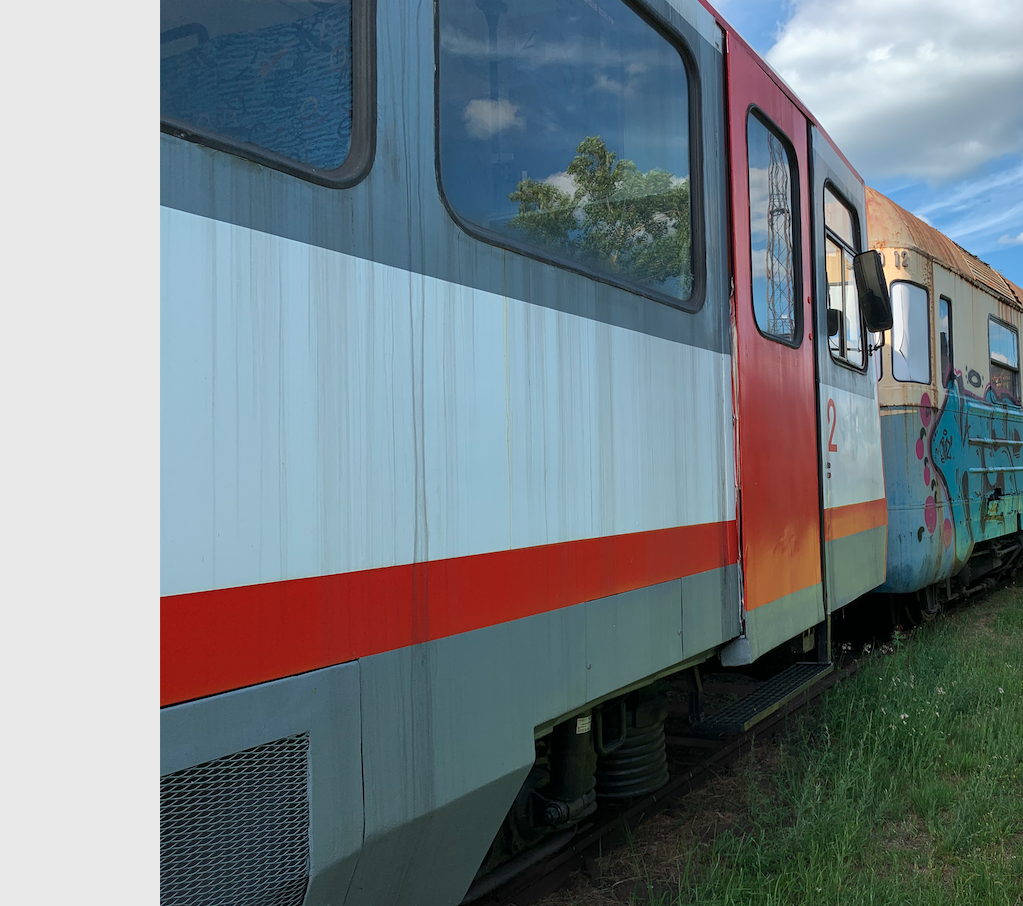
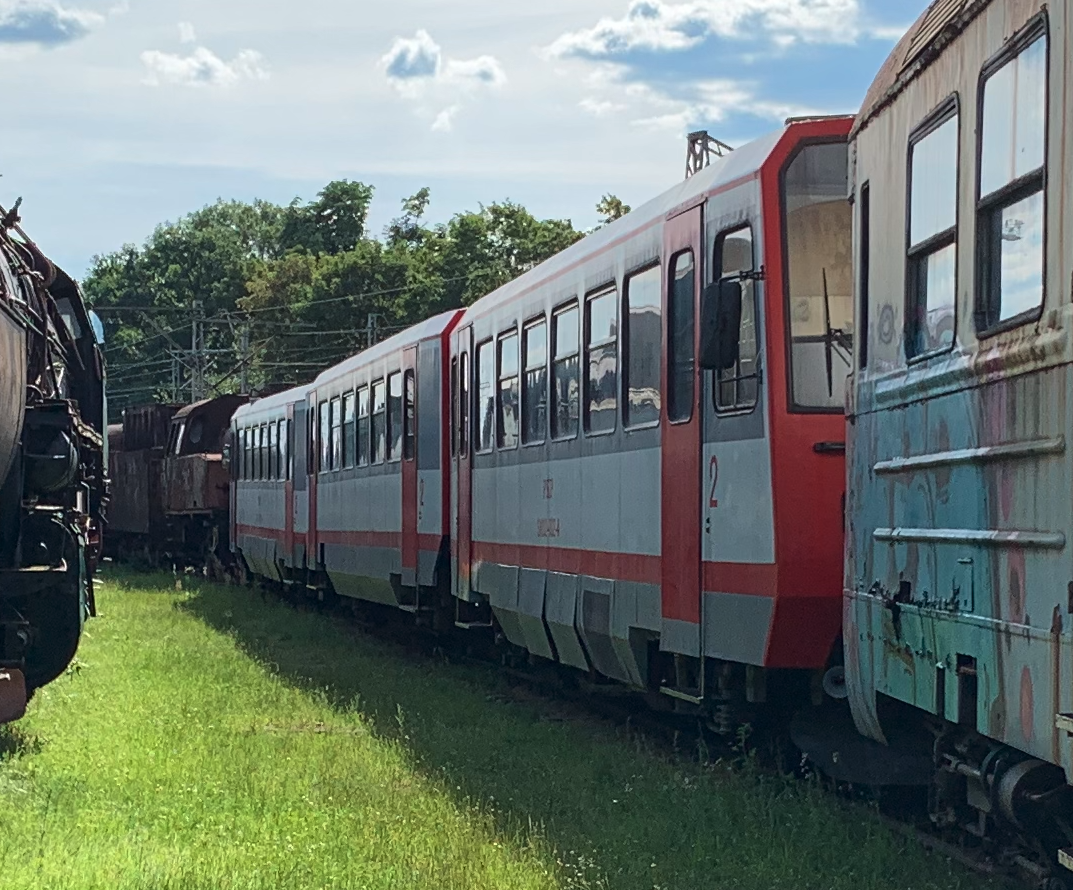
Written by Karol Placha Hetman
